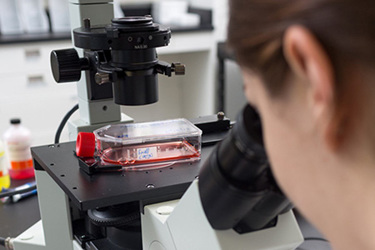Use Of A Chemically Defined Cloning Medium For Quality And Regulatory Risk Mitigation In Cell Line Development
By Melanie Brandl, Ph.D., Global Product Manager Proprietary Media and Janice Tan, Ph.D., Head of Upstream MSAT, APAC excluding China

Successful cell line development establishes the foundation for a robust manufacturing process and is critical for reducing regulatory risk and ensuring quality. Isolation of a stable, high-performing clone is also essential for optimizing process economics by delivering the desired titer and growth rate, enabling a scalable process, and accelerating time to market. Importantly, generation of a clonally derived population of cells for production of a biotherapeutic is needed to maintain critical quality attributes (CQAs) such as post-translational modifications which can affect the safety and efficacy of the biotherapeutic. While clonally derived and non-clonally derived cell banks may initially deliver the same CQA mean value,
use of a non-clonal population can lead to variability of these attributes, have higher susceptibility to shifts, and be subjected to unforeseen selective pressures during the manufacturing lifetime.
This whitepaper describes the performance and stability of a novel, chemically defined cloning medium for use in cell line development. The specially formulated medium accelerates clone isolation, reduces the risk of variability in protein quality, reduces product and process impurities, and ensures a consistent performance. Because it is chemically defined, regulatory risk is reduced as is the potential for a disruption in supply.
Get unlimited access to:
Enter your credentials below to log in. Not yet a member of Biosimilar Development? Subscribe today.
